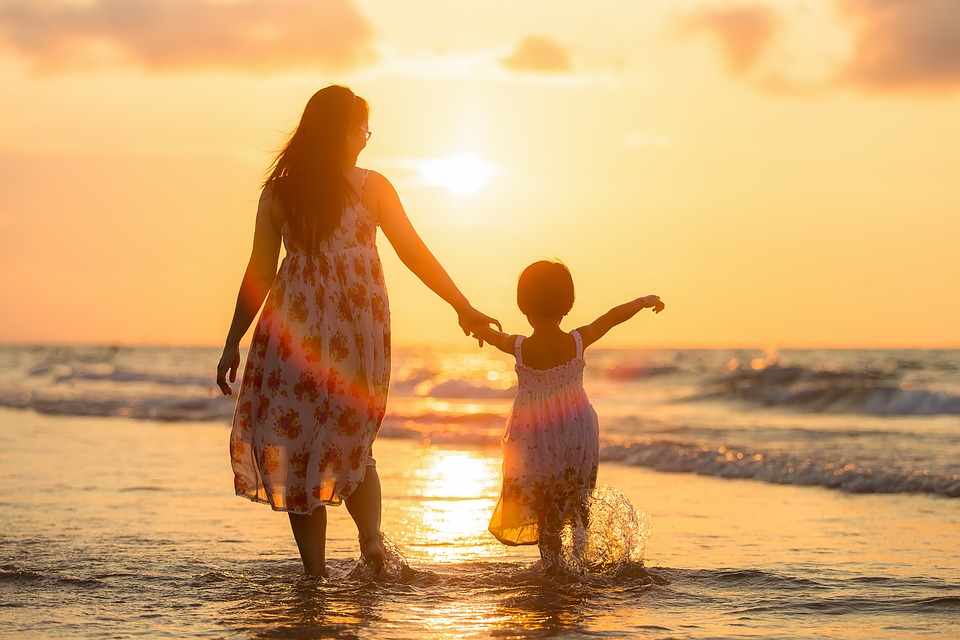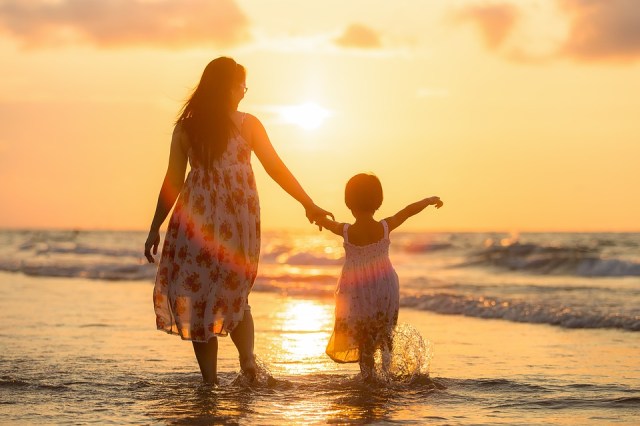
If we think we know a thing or two about life and love going into parenting, we realize the moment our child first rests in our arms just how shallow our roots of understanding. Which makes sense because the greatest path to knowing self is by coming to know who we are as a part of someone else.
And as a mom, fusing ourselves to the heartbeat of our kiddos is indescribable. While we learn a whole lot of good about the true meaning of love, our children also have an uncanny ability to point out massive flaws in our character. Thank God. Really, God, thank you.
Our kin become a perpetual mirror for us to gaze upon as they reflect back what we like about our self along with what needs some finishing touches. Since I’ve somehow managed to log 23 years of parenting three kids in like 20 seconds of real time, the length of journey allows me to ponder all the lessons learned. And let me tell you, the instruction is kinda sorta picking up steam as I steward young adults in their 20s. Fair warning.
So here are 36 beautiful lessons—based in part from Robert Fulghum’s poem, All I Really Need to Know I Learned in Kindergarten—we can glean from our precious ones, split into Act 1(birth to 12) and Act 2 (13+) of child rearing. Act 1: All the Insight Needed to Become Selfless Your Young Kids Will Teach You
- Cherish everything.
- Fight fair.
- Don’t compare yourself to others.
- Put everything into perspective.
- Worry about your own mess.
- Don’t expect others to see things the way you do.
- Say I love you. Always.
- Count to ten before anything.
- Pray.
- Trials and struggles enlighten you.
- Live a grateful life.
- Trust more, think less.
- And love and hug and listen and laugh.
- Speak, but also be.
- Make some time for you every day.
- When you feel like you’re alone on an island, know a million other parents share the same shore.
- Communicate, then succeed and fail together.
- Become a child once again.
Act 2: All the Insight Needed for Authentic Freedom Your Teens Will Teach You
- Let go of almost everything.
- Give up the fight.
- Don’t take things personally.
- Change your perspective.
- Stop worrying.
- Try to see things as others do.
- Love. Everything. Always.
- Count your blessings daily.
- Pray. Pray. Pray.
- Let yourself unfold.
- Live simply and simply live.
- Be more open-minded.
- And observe and breathe and be and become.
- Project less.
- Love yourself each day.
- When you feel like you’ve done nothing right, pause and turn to God for His opinion.
- Communicate by listening first, speaking if necessary, extending Grace always.
- Embrace the dichotomy of life.
Witnessing the chaos, magnificence, unpredictability, grand metamorphoses of all things ‘growing up’ reminds us how much we need to unlearn as adults to become like little children once again.
The joys of motherhood speak for themselves, but it’s in the messy pile where we find our authentic self.
The gift of motherhood full of collateral beauty we never signed up for and receive anyway: freedom to unfold and become the best version of ourselves right alongside our kids.
What a blessing.
















